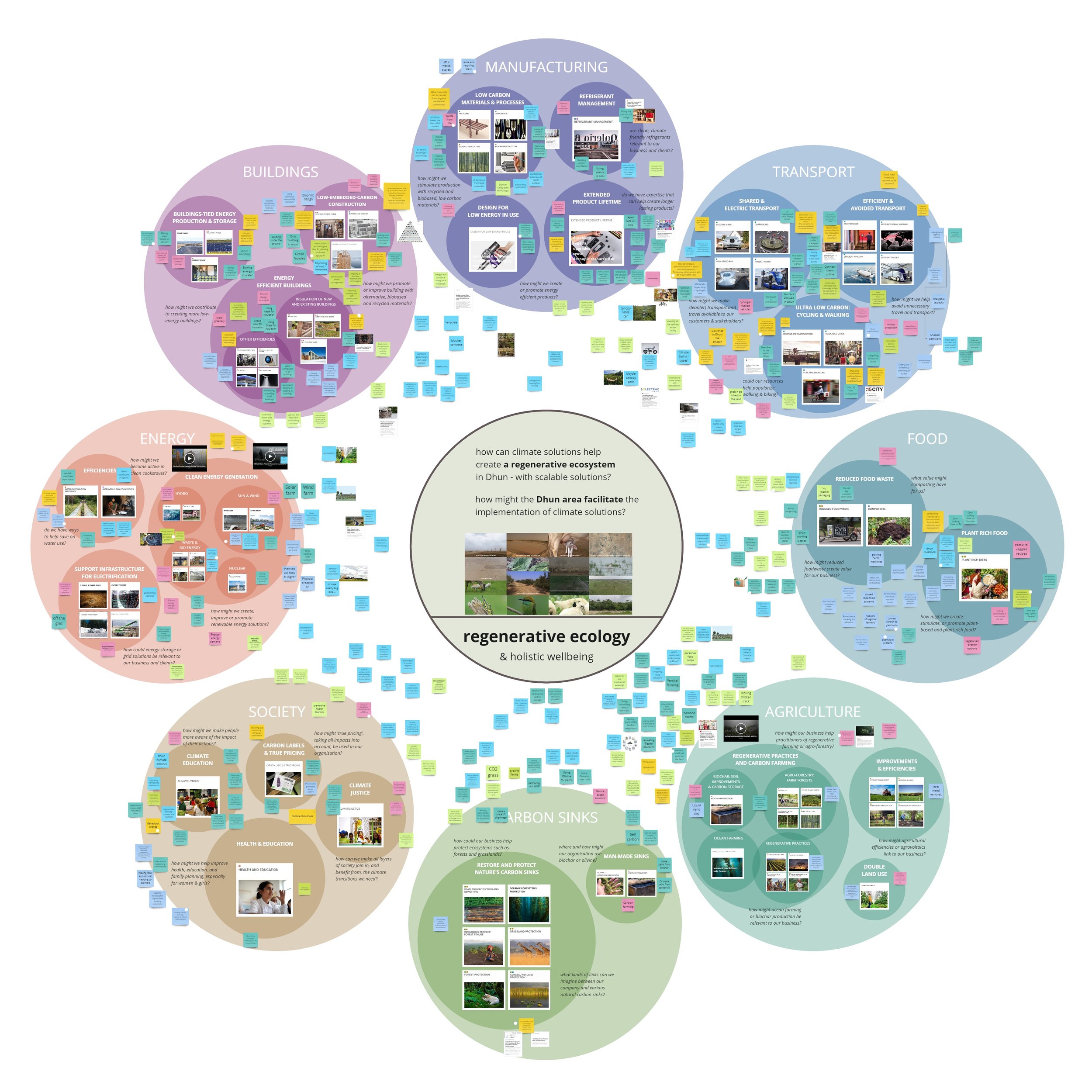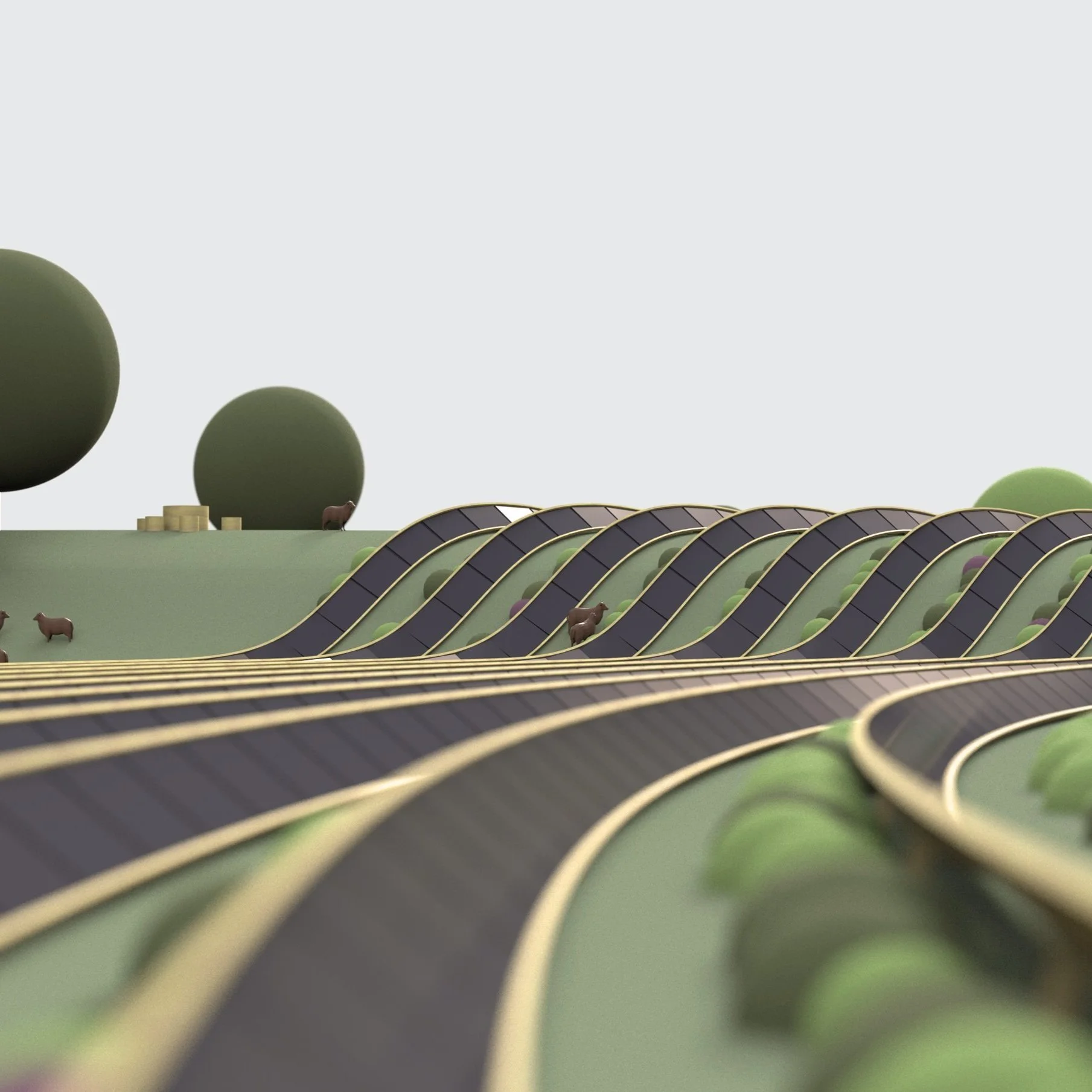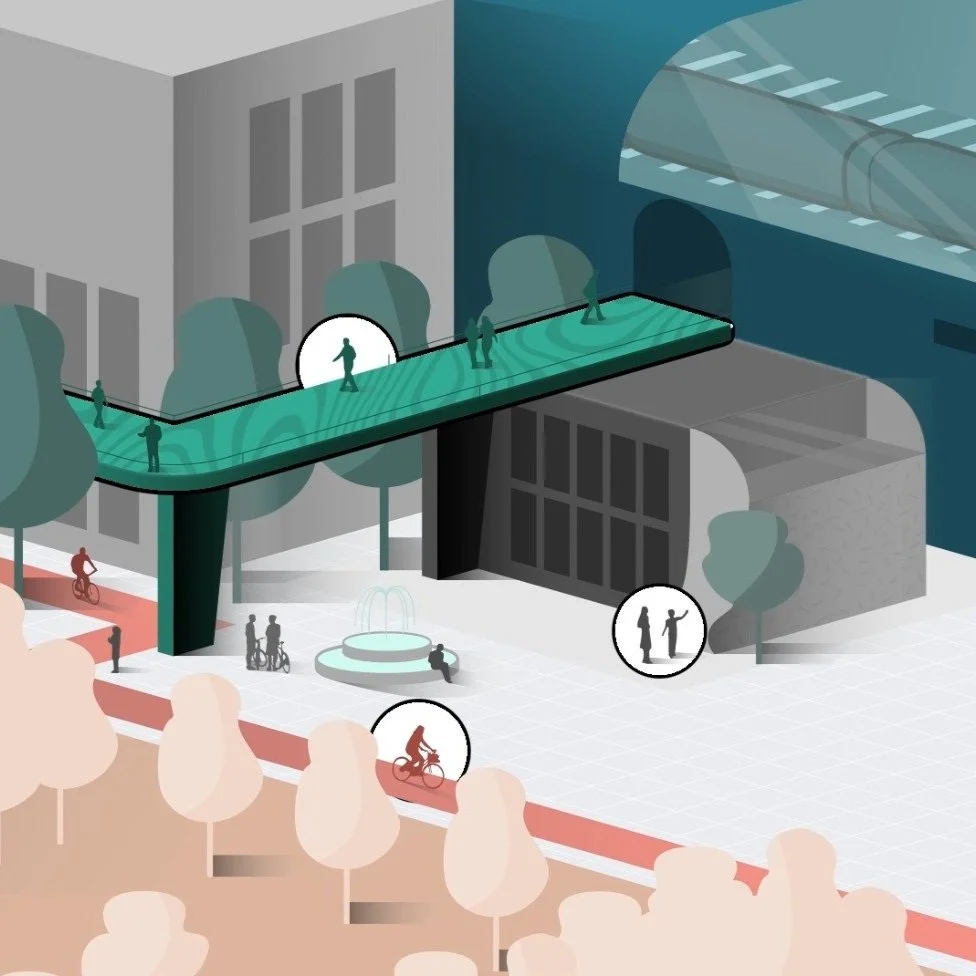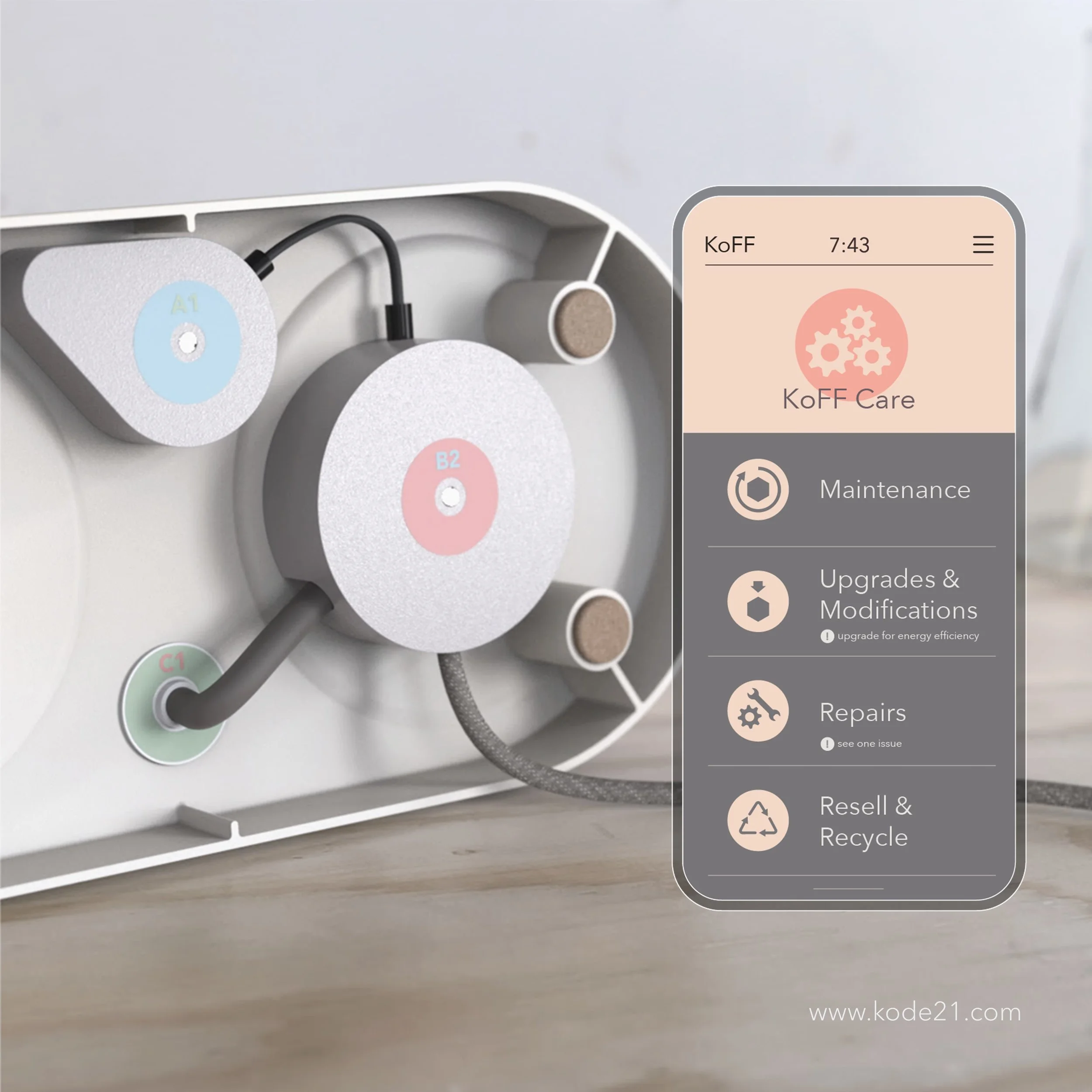UNLOCKING CLIMATE POSITIVE VALUE IN DHUN
Climate solutions can be applied in any context, we like to say at Kode21 - but when your client is developing a 500 acre regenerative microcosm on previously degraded land, the possibilities really do seem endless. Dhun, located in Jaipur, Rajasthan, India and the brainchild of famed hotelier Manvendra Singh Shekhawat, will be an environment for working, living, learning and recreation that balances the needs of the ecosystem and the development of human potential - within a sustainable economic system.
Kode21 worked with Dhun’s knowledgeable and passionate in-house design team to uncover the new value that climate solutions can contribute to the land and its inhabitants.
Regeneration of the Dhun site has been happening at an incredible pace, with the return of many species of flora and fauna. Likewise, the development of regenerative, locally suited agricultural systems is an expert topic that is well on its way. Even so, using our ‘Business of Climate Solutions’ method, we managed to find new options that are worth exploring. For instance, adding biochar to the soil may help retain moisture and nutrients, while permanently sequestering carbon - a possible new revenue stream by itself.
We pointed out the possibility to use agricultural crops not just for food production, but also for biobased (waste) fibers and biomass, that can be used for the creation of carbon-negative materials.
We want the buildings and constructions we create for Dhun to give back more than they take. We can retrofit any constructions that might already exist, reuse locally available building materials, and use biobased, carbon-negative building materials. More research will be needed to find out which of those materials might best suited for local applications and circumstances, but hempcrete, flax and bamboo come to mind.
We can combine natural insulation, traditional cooling techniques, and green roofs with newer technologies such as solar panels, building automation systems and heatpumps to have our dwellings produce more energy than they use. And it’s important to remember that this is not just a techical challenge - we will want our locally inspired, regeneratively designed buildings not just to be functional - but aspirational.
Creating abundant, carbon-free energy for all of Dhun’s activities will be a major challenge. Luckily, the field of feasible and affordable energy-related climate solutions has been expanding at a steady pace over the past years.
Let’s start with the big ones - sun and wind. Even though our buildings will use photovoltaics to produce more energy than they use, this will likely not be enough for all of Dhun’s needs. But we can have beautiful, landscape-enhancing solar meadows that leave space for biodiversity. We might have 24/7 energy production with small-scale hydropower units and on-demand biomethane heating. We could even have windturbines that double as observation decks.
Some crops like the shade - which we can provide with agrovoltaics. Solar panels can do more than produce energy - they can protect crops from heat and harsh sunshine, and help retain soil moisture.
Energy use and production can be balanced through smart microgrids, in which a fleet of small and large electric vehicles can play a part with vehicle-to-grid functionality.
Talking about electric vehicles - creating a low-carbon transport system for Dhun will be another challenge. In addition to the ideas that were already in place for walkable, 15-minute neighbourhoods inside Dhun, we looked at an array of low carbon transport modes. (Electric) cycling and walking paths can become more attractive in the Jaipur heat by shading them with solar panels. Many other small and micro electric transport modes are being developed, and even solar-powered cars are becoming available - that double as power plants and energy storage, when not in use.
For national and international travel, we really need to get creative. We might co-develop electric car and bus services, and perhaps even comfortable night trains to replace some domestic flights. And for longer routes, where flying is the only alternative, we can incentivise our guests to plan less, but longer visits, through fair pricing that takes the true cost of environmental damage into account.
Circularity is at the heart of life in Dhun, as a way to conserve resources and develop long-lasting attachments. This manifests in buildings that are retrofitted, and materials that are recycled. It will show in a digital & physical service network that keeps everything, from fashion to electronics, in top notch condition, while ensuring that no food goes wasted, ever.
This is just a sample of the 1000+ ideas that were created and discussed during our Dhun BoCS workshops. We talked about how education, community and ecological experiences can become available to all stakeholders, inside and outside of Dhun. We considered benevolent revenue streams though the creation of climate positive, locally inspired products and by creating a plant-rich food culture that can become a product by itself. And we talked about how Dhun can become a scalable blueprint for regenerative living, anywhere in the world.
Dhun is a multi-year project that will come to fruition in carefully planned steps. As the local team prepares and executes these steps, we hope to keep you up to date - until we can live, work and (virtually) visit in this wonderful regenerative microcosm.








